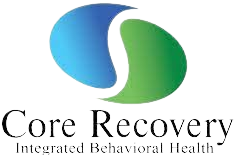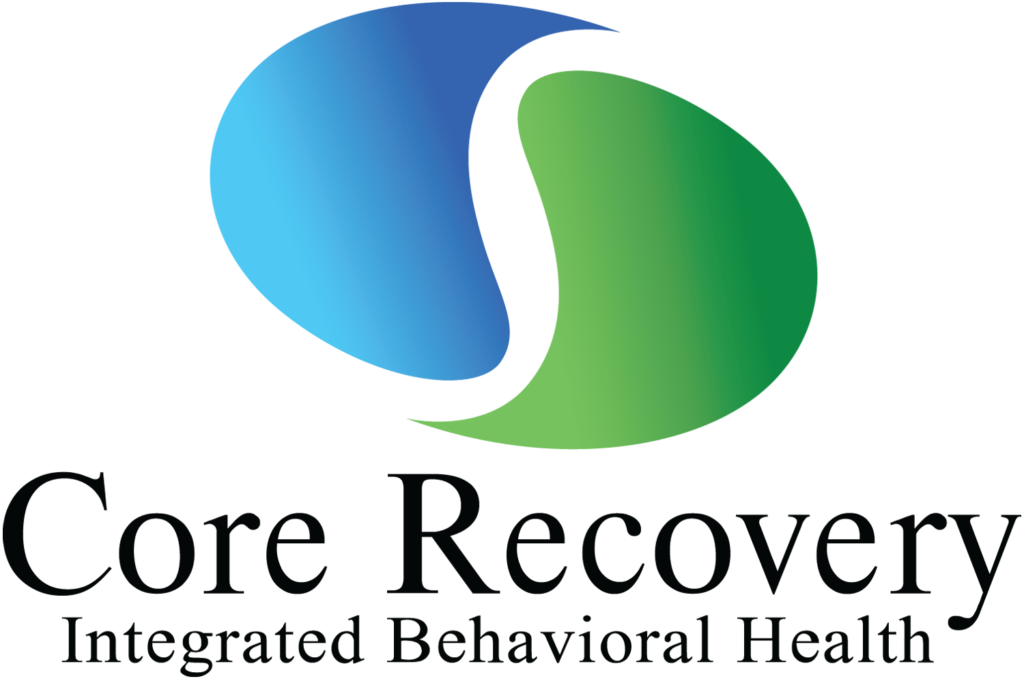EMDR therapy, short for Eye Movement Desensitization and Reprocessing therapy, is a therapeutic approach that aims to alleviate the distress associated with traumatic experiences and other psychological issues. With its unique focus on bilateral stimulation, EMDR has gained significant popularity recently as an effective treatment option for individuals seeking relief from trauma-related symptoms. While EMDR therapy offers promising outcomes, it is essential to address the topic of potential side effects. Understanding and preparing for these side effects can help individuals make informed decisions about their treatment journey and ensure their overall well-being. In this blog, we will explore the potential side effects of EMDR therapy and discuss how they can be managed to maximize the benefits of this increasingly sought-after therapeutic approach.
What Is EMDR Therapy?
EMDR therapy utilizes bilateral stimulation, such as eye movements or other sensory inputs, to facilitate reprocessing traumatic memories and associated distressing emotions. During an EMDR session, the therapist guides the client’s attention back and forth between different stimuli while focusing on the targeted memory or issue. This process helps to desensitize the distressing emotions attached to the memory and allows for integrating more adaptive thoughts and beliefs. By harnessing the brain’s innate capacity for healing and processing information, EMDR therapy aims to alleviate the symptoms of trauma, anxiety, and other psychological challenges. Its evidence-based effectiveness, and versatile applications have made it a popular choice for individuals seeking profound healing and lasting positive change.
Potential Side Effects Of Emdr Therapy
EMDR therapy, known for its transformative effects on trauma and psychological challenges, has gained popularity as an effective treatment option. While EMDR therapy offers immense benefits, it’s important to acknowledge and address potential side effects that may arise during the therapeutic process. Individuals can navigate their healing journey more effectively by understanding and preparing for these side effects. In this blog post, we will explore the potential side effects of EMDR therapy, offering insights into their nature, duration, and strategies for managing them.
- Emotional Distress during Sessions: During EMDR therapy sessions, individuals may experience heightened emotional distress. This could manifest as intense sadness, anger, fear, or other challenging emotions. It’s crucial to remember that these emotions are a natural part of the healing process, as unresolved trauma surfaces for processing. Skilled EMDR therapists provide a safe and supportive environment to guide clients through these emotional experiences.
- Temporary Increase in Anxiety or Discomfort: In some cases, individuals may temporarily experience heightened anxiety or discomfort following EMDR therapy sessions. This is often a result of the intense emotional processing during the therapy. It’s important to recognize that these feelings are transient and typically subside as the healing progresses. Employing self-care practices, such as relaxation techniques and grounding exercises, can aid in managing these temporary discomforts.
- Heightened Emotional Arousal: During EMDR therapy, individuals may notice an increase in emotional arousal, which can include feelings of restlessness, agitation, or hyper-vigilance. This heightened emotional state is a natural response as the therapy addresses deeply ingrained trauma. EMDR therapists employ techniques to help clients regulate their emotions, ensuring a safe and balanced therapeutic experience.
- Vivid or Intense Dreams: Following an EMDR session, individuals may experience vivid or intense dreams. These dreams often contain elements of the memories or issues being processed during therapy. While these dreams can be unsettling, they are considered a normal part of the therapeutic process. It’s essential to communicate any dreams or related concerns with your EMDR therapist, as they can provide insights and support.
- Physical Sensations During or After Sessions: It is common for individuals to experience physical sensations during or after EMDR sessions. These sensations may include tension, tingling, warmth, or temporary discomfort in different body parts. The body’s physiological response is intricately connected to the emotional and psychological healing in EMDR therapy. Engaging in relaxation exercises or gentle movement practices can help alleviate physical discomfort.
The Importance Of Working With A Qualified Emdr Therapist
EMDR therapy, renowned for its effectiveness in addressing trauma and psychological challenges, requires the guidance and expertise of a qualified therapist. The therapeutic process involves delicate and intricate elements that necessitate the skills and training of an experienced EMDR therapist. In this blog post, we will explore the importance of working with a qualified EMDR therapist, highlighting their valuable contributions to the therapeutic journey. By understanding the significance of a qualified therapist, individuals can ensure a safe, effective, and transformative EMDR therapy experience.
Specialized Training and Expertise
EMDR therapy is a highly specialized form of treatment. A qualified EMDR therapist has undergone rigorous training and certification in EMDR, demonstrating their in-depth understanding of the therapy’s principles, techniques, and protocols. Their expertise allows them to tailor the therapy to individual needs, ensuring optimal results.
Knowledge of the EMDR Protocol
EMDR therapy follows a specific protocol that involves a series of phases and procedures. A qualified therapist is well-versed in this protocol and understands how to navigate each stage effectively. They deeply understand bilateral stimulation techniques, memory reprocessing, and how to facilitate the integration of adaptive thoughts and beliefs. Their expertise ensures that the therapy progresses smoothly and efficiently.
Creating a Safe and Supportive Environment
A qualified EMDR therapist creates a safe and supportive therapeutic environment for their clients. They establish a strong therapeutic alliance, fostering trust and open communication. This environment allows clients to feel comfortable sharing their experiences, emotions, and concerns without judgment. The therapist’s presence and support are vital in navigating potential challenges or distress that may arise during therapy.
Assessing and Tailoring Treatment
Qualified EMDR therapists conduct thorough assessments to understand each client’s unique needs and history comprehensively. They evaluate the appropriateness of EMDR therapy for the individual and tailor the treatment plan accordingly. This personalized approach ensures that the therapy targets specific issues effectively and optimizes the client’s overall well-being.
Monitoring and Managing Potential Side Effects
EMDR therapy may evoke temporary side effects as part of the healing process. A qualified therapist is skilled in recognizing and managing these side effects, ensuring the client’s safety and well-being. They provide guidance and support to navigate emotional distress, anxiety, or other challenges that may arise during or after sessions. Their expertise minimizes potential risks and maximizes the benefits of the therapy.
Continued Professional Development
Qualified EMDR therapists engage in ongoing professional development to stay updated with the latest advancements and research in EMDR therapy. They participate in training, attend conferences, and maintain memberships in professional organizations. This commitment to growth and learning enhances their expertise and ensures they provide their clients with the highest standard of care.
Managing And Minimizing Side Effects
EMDR therapy, known for its transformative impact on trauma and psychological challenges, can occasionally give rise to temporary side effects during the therapeutic process. While these side effects are typically part of the healing journey, addressing and managing them effectively is important to ensure a safe and supportive experience. In this blog post, we will explore strategies for managing and minimizing the side effects of EMDR therapy, allowing individuals to navigate their healing journey confidently and easily.
- Work with a Qualified EMDR Therapist: Choosing a qualified EMDR therapist is crucial in managing and minimizing side effects. A skilled therapist possesses the expertise to recognize and address potential challenges that may arise during the therapy process. They provide a safe and supportive environment, ensuring clients feel comfortable discussing any side effects or concerns. Collaborating with a qualified therapist maximizes the potential benefits of EMDR therapy while minimizing potential risks.
- Establish Open Communication: Open communication between the client and therapist is vital in managing side effects. Clients should feel encouraged to openly share their experiences, including any discomfort or distress they may encounter during or after sessions. Communicating openly allows therapists to provide appropriate support, guidance, and reassurance. Regular check-ins and discussions about side effects foster a collaborative and trusting therapeutic relationship.
- Employ Grounding Techniques: Grounding techniques can help individuals manage and minimize side effects by promoting stability and calmness. Deep breathing exercises, mindfulness practices, and grounding exercises focusing on the present moment can be useful tools. These techniques help individuals stay connected to their bodies and surroundings, providing a sense of control and reducing anxiety or distress.
- Self-Care and Support: Engaging in self-care activities is essential in managing side effects and promoting overall well-being. Taking time for relaxation, engaging in activities that bring joy and fulfillment, and prioritizing rest and self-compassion can support the healing process. Seeking support from friends, family, or support groups can also provide a valuable network for sharing experiences and receiving encouragement.
- Pace the Therapy Process: Pacing the therapy process is crucial to managing side effects effectively. A skilled EMDR therapist understands the importance of addressing traumatic experiences and ensuring emotional stability. They work with clients to determine the appropriate pace for processing, allowing time for integration and emotional regulation. Side effects can be minimized by gradually and gently navigating the therapy process.
- Trust the Healing Process: It is essential to trust the healing process and have faith in the efficacy of EMDR therapy. Recognize that side effects are often temporary and part of the natural progression toward healing. Trusting the therapeutic process, the guidance of the therapist, and one’s resilience can contribute to a positive and transformative experience.







 In CA By O360®
In CA By O360®